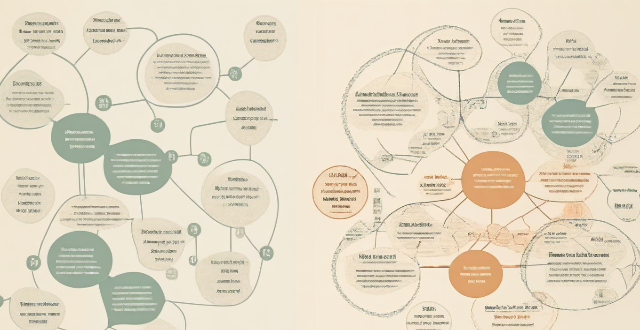Comparing exchange rates between different countries is crucial for travelers, investors, and businesses. To effectively compare exchange rates, gather information from various sources, convert currencies, create a table for easy comparison, analyze the results, consider other factors like transaction fees and commission charges, and use online tools for accurate conversions.

Comparing Exchange Rates Between Different Countries
Comparing exchange rates between different countries is an essential task for travelers, investors, and businesses. Here are the steps to compare exchange rates effectively:
Step 1: Gather Information
Firstly, you need to gather information about the exchange rates of the countries you want to compare. You can find this information from various sources such as financial news websites, banks, or currency exchange services.
Example:
- Currency Pair: USD/EUR (US Dollar vs. Euro)
- Current Exchange Rate: 1 USD = 0.85 EUR
Step 2: Convert Currencies
Once you have the exchange rates, you can convert currencies to compare them. For example, if you want to know how much 100 USD is worth in Euros, you can multiply 100 by the current exchange rate.
Example:
- Amount: 100 USD
- Conversion: 100 x 0.85 = 85 EUR
Step 3: Create a Table
To make it easier to compare multiple exchange rates, you can create a table with the currency pairs and their conversion values. This will give you a clear overview of the differences between the exchange rates.
Example:
| Currency Pair | Current Exchange Rate | Conversion Value |
|---------------|---------------------|-----------------|
| USD/EUR | 1 USD = 0.85 EUR | 100 USD = 85 EUR |
| USD/JPY | 1 USD = 110 JPY | 100 USD = 11,000 JPY |
| EUR/JPY | 1 EUR = 129.41 JPY | 100 EUR = 12,941 JPY |
Step 4: Analyze the Results
After creating the table, you can analyze the results to see which currency has a higher value compared to others. In the example above, we can see that 100 EUR is worth more than 100 USD when converted to Japanese Yen.
Analysis:
- USD: 100 USD = 85 EUR = 11,000 JPY
- EUR: 100 EUR = 11,941 JPY (higher value than USD)
Step 5: Consider Other Factors
When comparing exchange rates, it's important to consider other factors such as transaction fees, commission charges, and any additional costs associated with exchanging currencies. These factors can affect the overall cost of converting currencies.
Additional Costs:
- Transaction Fees: Some banks or currency exchange services charge fees for exchanging currencies. Make sure to check these fees before making any conversions.
- Commission Charges: Some brokers or exchange platforms may charge commission fees for trading currencies. Be aware of these charges and factor them into your comparison.
Step 6: Use Online Tools
There are many online tools available that can help you compare exchange rates easily. These tools provide real-time data and allow you to input different amounts and currencies to get accurate conversion values.
Online Tools:
- XE Currency Converter: A popular tool that provides real-time exchange rates and allows users to convert currencies quickly.
- Google Finance: Offers up-to-date exchange rates and currency conversion features directly on its platform.
- Investing.com: Provides detailed information about currency pairs, including historical data and technical analysis.
In conclusion, comparing exchange rates between different countries involves gathering information, converting currencies, creating a table, analyzing the results, considering other factors, and using online tools for accurate and convenient comparisons.